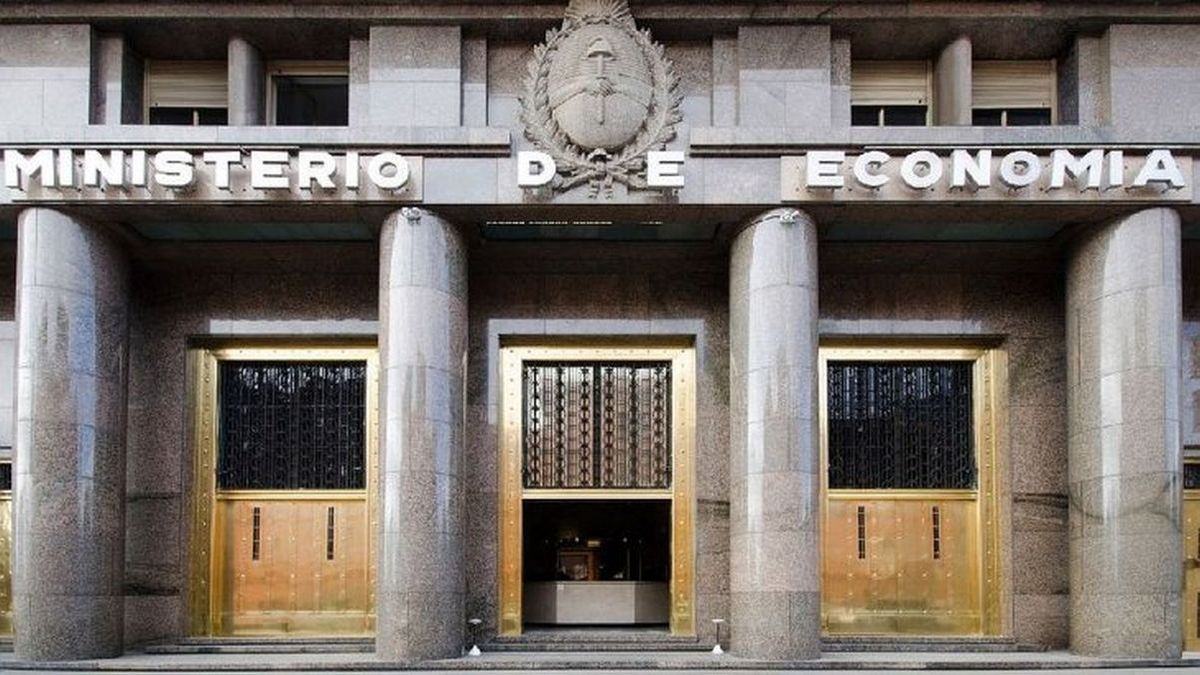The conclusion of the process of Migration of remunerated debt from the Central Bank to the Treasury The banks’ exposure to government-issued securities has again increased to a new peak. In Julywhen the BCRA suspended the operation of passive transfers and began to manage liquidity through the new Fiscal Letters (LEFI), the weight of the treasury’s debt in the assets of financial institutions jumped above 43%.
The data comes from the Report on Banks The report, published by the Central Bank on Wednesday, reflects an increase in exposure to the so-called “Treasury risk” and also an increase in credit to the private sector. However, most of the increase in holdings of instruments issued by the Government corresponds to LEFI, which the economic team considers “BCRA risk” since banks have the possibility of selling their debts to the monetary authority on a daily basis.
The variation is a consequence of the policy of dismantling of the stock of passive passes that the Central Bank placed with financial institutions to sterilize the excess liquidity in the economy, which It ended due to debt issued by the Treasury: first by LECAP (capitalizable fixed-rate bills) and, finally, by LEFI. Added to this was a recovery in local currency loans to the private sector, from historic low levels.
The Minister of Economy, Luis Caputoand the president of the BCRA, Santiago Bausilipromoted a debt migration strategy from the monetary authority to the treasury in order to end the endogenous issuance that generated the payment of interest on remunerated liabilities. A process that, on the one hand, decompressed the balance sheet of the Central Bank but burdened the Treasury with more commitments and, on the other, increased the banks’ exposure to a debtor (the Government) usually seen as riskier than the BCRA.
Specifically, the official report shows that in July The weight of public securities in the assets of financial institutions reached 43.1%that is, 6.2 points above the 36.9% of June. To measure the impact of the debt handrail, In April 2023, Treasury liabilities represented 16.4% of the banks’ total assets, meaning that in 15 months this burden multiplied by more than two and a half times.
image.png
Of the total 43.1%, 37.1 points correspond to the bills and bonds that the Ministry of Finance periodically places in its tenders. These are mostly LECAP and bonds adjusted by CER (inflation). Remaining 6 points are LEFI.
LEFIs are capitalizable bills issued by the Treasury for one year, which accrue the monetary policy rate set by the Central Bank. Since July 22, the day the placement of one-day passive swaps was suspended, LEFIs are negotiated daily between the BCRA and the banks to manage the liquidity of the financial system.
As a counterpoint to the greater weight of Treasury instruments, financial institutions stopped holding interest-bearing debt from the Central Bank in their assets. After a slope initiated by the official strategy, in June the banks still had 10.1% of their assets in passive repurchase agreements, a figure that has now dropped to zero.
Banks: private sector credit recovers
Meanwhile, due to successive rate cuts, Part of the disarmament of the countries was channeled into an increase in credit to the private sectorFor example, in July loans in pesos to this sector came to represent 24.8% of the banks’ assets, when a month ago they accounted for 22.1%.
“With regard to the composition of the total assets of the system, within the framework of the dynamism of financial intermediation, in July the weighting of credit to the private sector in the total increased,” the Central Bank’s report said in this regard.
“The real balance of financing in pesos to the private sector increased 9.2% in Julythus verifying growth for the third consecutive month. Consumer credit lines were the most dynamic in the period (13.1% real), followed by commercial loans (8.8% real) and those with real guarantee (4.2% real). All groups of financial entities increased their real balances of credit in pesos to companies and families in the month,” the monetary authority celebrated.
He added: “As for the foreign currency segment, the balance of credit to the private sector increased by 3.4% compared to June – in the original currency – with a higher relative growth in financing through cards and in documents. The monthly performance was mainly driven by public banks and foreign private banks.”
Source: Ambito
I am Pierce Boyd, a driven and ambitious professional working in the news industry. I have been writing for 24 Hours Worlds for over five years, specializing in sports section coverage. During my tenure at the publication, I have built an impressive portfolio of articles that has earned me a reputation as an experienced journalist and content creator.




